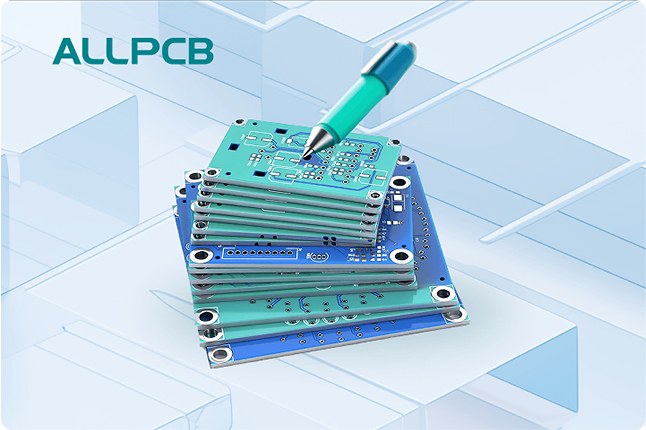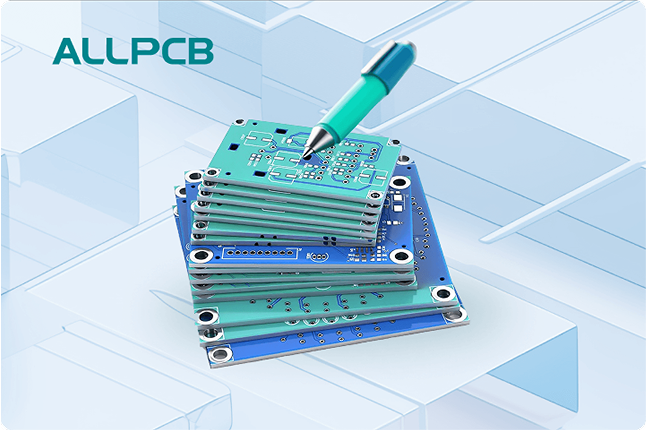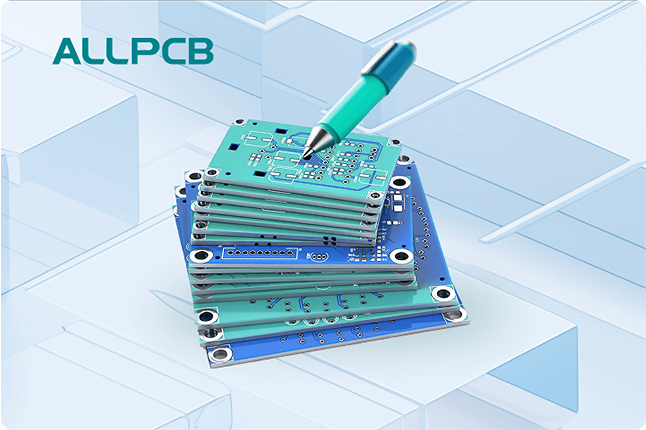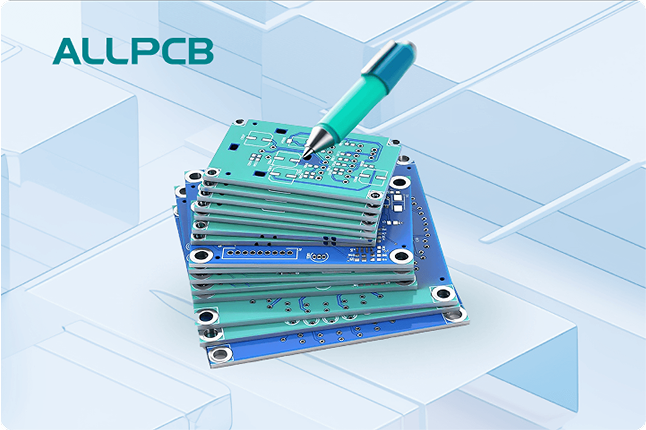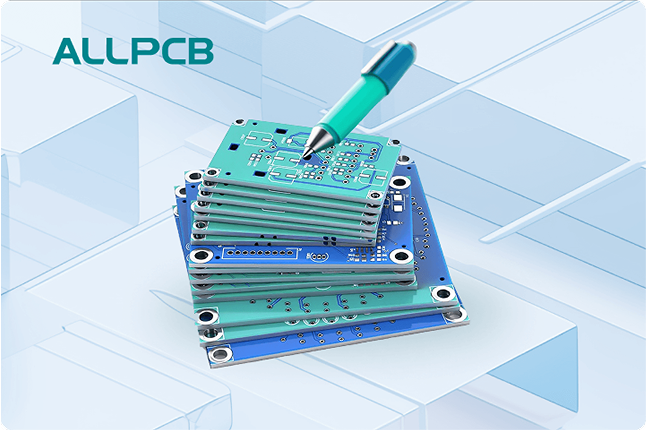If you're looking to design a Flexible PCB (Flex PCB) that’s ready for manufacturing, you’ve come to the right place. Optimizing your layout for production is key to ensuring reliability, reducing costs, and avoiding delays. In this guide, we’ll walk you through essential Flex PCB design guidelines, focusing on pre-layout considerations and layout optimization to make your project a success. Whether you're new to Flexible PCB design or refining your skills, this detailed blog will provide actionable tips to streamline the process.
What Is a Flexible PCB and Why Does Layout Matter?
A Flexible PCB, often called a Flex PCB, is a type of printed circuit board made from flexible materials like polyimide. Unlike rigid boards, Flex PCBs can bend, fold, or twist, making them ideal for compact devices like wearables, medical equipment, and automotive systems. However, their unique properties require special attention during design to ensure they perform well and can be manufactured efficiently.
Layout optimization is critical in Flex PCB design because it directly impacts the board’s durability, functionality, and production cost. A poorly planned layout can lead to issues like cracked traces during bending, signal interference, or manufacturing defects. By following specific guidelines during the Flex PCB pre-layout and design phases, you can avoid these pitfalls and create a board that meets both performance and production needs.
Key Benefits of Optimizing Flex PCB Layout for Manufacturing
Before diving into the detailed guidelines, let’s highlight why optimizing your Flex PCB layout is worth the effort:
- Cost Efficiency: A well-optimized layout reduces material waste and minimizes the risk of errors during production, saving you money.
- Reliability: Proper design ensures the board can withstand repeated bending without damage to traces or components.
- Faster Turnaround: A manufacturing-ready layout reduces back-and-forth revisions with fabricators, speeding up production time.
- Performance: Optimized layouts improve signal integrity and reduce interference, especially in high-frequency applications.
Now, let’s explore the specific steps and guidelines for creating a manufacturing-friendly Flex PCB design.
Flex PCB Pre-Layout Considerations: Setting the Foundation
The Flex PCB pre-layout phase is where you lay the groundwork for a successful design. This stage involves understanding the requirements of your project and making key decisions that will influence the layout process.
1. Define Bending Requirements
Flex PCBs are often used in applications where bending is frequent, such as in foldable devices or wearables. Start by determining how much and how often the board will bend. For example, will it be a one-time fold during assembly, or will it endure dynamic bending thousands of times during use? This decision affects material selection and trace placement. As a general rule, for dynamic bending, aim for a minimum bend radius of 10 times the board thickness to avoid stress on traces.
2. Choose the Right Materials
Material selection is crucial for Flex PCB reliability. Polyimide is the most common base material due to its flexibility and thermal stability, withstanding temperatures up to 260°C during soldering. Copper thickness also matters—typical options range from 0.5 oz (17.5 μm) to 2 oz (70 μm) per square foot. Thinner copper (e.g., 0.5 oz) is more flexible but less suitable for high-current applications, while thicker copper (e.g., 2 oz) handles more current but reduces flexibility.
3. Plan the Stack-Up Early
The stack-up defines the layers of your Flex PCB, including conductive layers, insulators, and adhesives. A simple single-layer Flex PCB offers maximum flexibility but limited routing space. Double-layer or multi-layer designs provide more routing options but are stiffer. During pre-layout, decide on the number of layers and ensure the stack-up balances flexibility with functionality. For instance, a two-layer Flex PCB might have a total thickness of 0.2 mm, with each copper layer at 0.035 mm and a polyimide core of 0.025 mm.
4. Understand Manufacturing Constraints
Every manufacturer has specific capabilities and constraints, such as minimum trace width, spacing, and via sizes. Common standards suggest a minimum trace width of 0.1 mm (4 mils) and spacing of 0.1 mm for Flex PCBs, though this can vary. Contact your manufacturer during the pre-layout phase to confirm their design rules and ensure your layout aligns with their capabilities.
Flexible PCB Design Guidelines for Layout Optimization
Once the pre-layout phase is complete, it’s time to focus on the actual layout. These guidelines will help you create a design that’s not only functional but also optimized for manufacturing.
1. Place Components Strategically
In Flex PCB design, component placement is different from rigid boards. Avoid placing heavy or large components in areas that will bend, as this can cause mechanical stress and lead to failure. Instead, position components in stable, non-bending zones. For example, in a wearable device, place microcontrollers or batteries in a rigid section while keeping flexible areas free for bending.
Additionally, maintain adequate spacing between components to prevent stress during flexing. A general guideline is to keep at least 1 mm of spacing around components in flexible areas to avoid interference.
2. Route Traces for Flexibility
Trace routing is one of the most critical aspects of Flex PCB design. Traces in bending areas are prone to cracking if not designed properly. Follow these tips for optimal routing:
- Use Curved Traces: Avoid sharp corners in traces within bending zones. Curved traces distribute stress more evenly, reducing the risk of cracks. Aim for a minimum radius of 0.5 mm for trace curves.
- Route Perpendicular to Bend Lines: If possible, run traces perpendicular to the direction of bending. This minimizes stress on the copper during flexing.
- Avoid Vias in Bend Areas: Vias are rigid and can crack under stress. Keep them out of flexible zones and use teardrop-shaped pads to reduce stress concentration if vias are unavoidable near bending areas.
3. Optimize for Signal Integrity
Flex PCBs are often used in high-frequency applications where signal integrity is vital. Poor layout can lead to issues like crosstalk or impedance mismatch. To maintain signal quality:
- Control Impedance: For high-speed signals, match the trace impedance to the system requirements. For example, a 50-ohm impedance is common for RF applications. Use wider traces or adjust the dielectric thickness to achieve the desired impedance.
- Minimize Trace Length: Keep high-speed signal traces as short as possible to reduce signal delay. For instance, a trace longer than 10 cm for a 1 GHz signal may introduce noticeable lag.
- Use Ground Planes: Incorporate ground planes below signal traces to reduce electromagnetic interference (EMI). In a two-layer Flex PCB, dedicate one layer to ground if possible.
4. Design for Manufacturability (DFM)
Designing with manufacturing in mind prevents costly revisions. Here are key DFM tips for Flex PCBs:
- Panelization: Group multiple Flex PCB designs on a single panel to reduce material waste. Leave at least 2 mm of spacing between individual boards for clean separation during depanelization.
- Stiffeners: Add stiffeners (rigid material patches) in areas where components are mounted to provide mechanical support. Common stiffener materials include FR4 or polyimide, with a thickness of 0.1 to 0.3 mm.
- Coverlay and Solder Mask: Use coverlay (a flexible insulating layer) instead of traditional solder mask in bending areas. Coverlay is more durable during flexing and typically extends 0.5 mm beyond copper features for protection.
Testing and Validation Before Manufacturing
Before sending your design for production, thorough testing and validation are essential to catch potential issues. Create a prototype and test it under real-world conditions, focusing on bending durability and signal performance. For example, subject the board to 10,000 bend cycles at the specified radius to ensure traces don’t crack. Use simulation tools to check for signal integrity issues, ensuring impedance values stay within ±10% of the target (e.g., 50 ohms for RF signals).
Additionally, perform a design rule check (DRC) to verify that your layout meets the manufacturer’s constraints. Most design software includes DRC tools that flag issues like insufficient trace spacing or vias in restricted areas.
Common Mistakes to Avoid in Flex PCB Design
Even experienced designers can make mistakes when working with Flex PCBs. Here are some pitfalls to watch out for:
- Ignoring Bend Radius: Designing without considering the minimum bend radius can lead to trace or material failure. Always adhere to the 10x thickness rule for dynamic bending.
- Overloading Flexible Areas: Placing heavy components or dense routing in bending zones increases the risk of damage. Keep these areas as lightweight as possible.
- Skipping Manufacturer Feedback: Failing to consult with your manufacturer early can result in designs that are difficult or impossible to produce. Share your initial layout for feedback before finalizing.
Conclusion: Mastering Flex PCB Design for Manufacturing Success
Designing a Flexible PCB that’s optimized for manufacturing requires careful planning, from the Flex PCB pre-layout phase to the final layout. By defining bending requirements, choosing the right materials, and following guidelines for trace routing, component placement, and signal integrity, you can create a design that performs reliably and is easy to produce. Avoiding common mistakes and validating your design through testing further ensures a smooth transition from concept to finished product.
With these Flex PCB design guidelines, you’re equipped to tackle your next project with confidence. Focus on collaboration with your manufacturer and prioritize design for manufacturability to save time and resources. Whether you’re working on wearables, automotive systems, or medical devices, a well-optimized Flexible PCB layout is the foundation of a successful product.
 ALLPCB
ALLPCB


